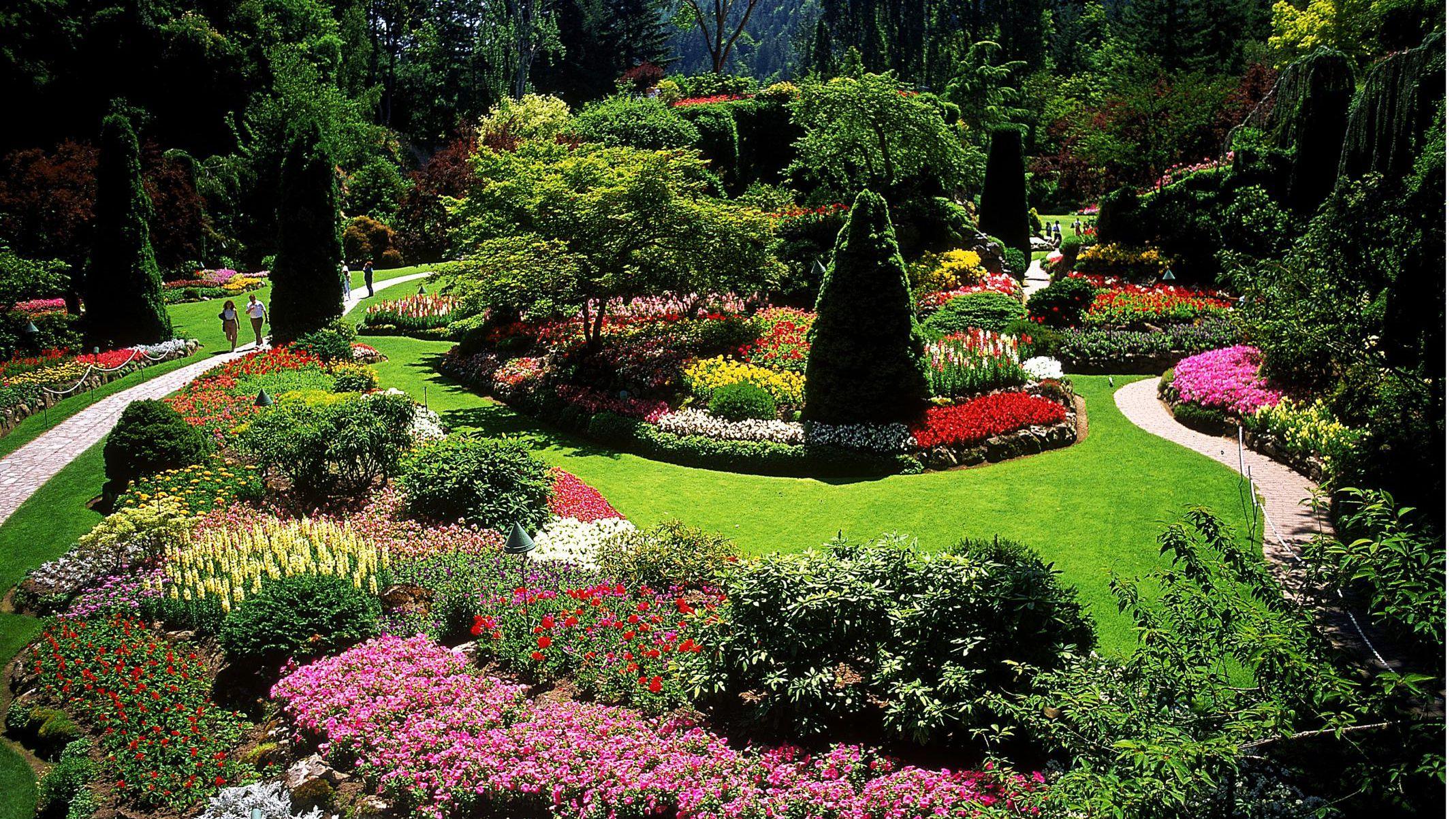The Basic Principles Of Landscapers
The Basic Principles Of Landscapers
Blog Article
More About Landscapers
Table of ContentsLandscapers - The FactsSee This Report about LandscapersGetting My Landscapers To WorkMore About LandscapersThe Definitive Guide for LandscapersThe Basic Principles Of Landscapers
- A yard attribute where water is represented by an aggregate rock product, typically a gravel or granite. These are most generally discovered in modern-day and Japanese garden layout.- A rock or natural flagstone outdoor patio, path, or sidewalk built without a concrete base. The base would be compressed crushed rock and the joints would certainly be an aggregate or walkable ground cover. - A rock preserving or totally free standing wall surface constructed without using mortar. An extremely knowledgeable mason is needed for a dry pile stone wall. Many walls in Rose city are moist piled, even if they seem. - An underground structure that accumulate water and permits it to reduce percolate right into the soil around it.
Landscape style that is compatible with a websites' environment in both look and sustainability without adverse influences to the environment. Bordering in the landscape is a line of separation that creates aesthetic interest in the yard by separating one sector from another section.
Locations can also have a feeling of "unit" provided by trees, other plantings, fences, or screens. The landscape near the access to a building.
Landscapers for Beginners

The aspect in a landscape design or location in a landscape that is indicated to be most famous. The focal point can be a plant, rock, statuary, gathering room, or other landscape feature.

The 15-Second Trick For Landscapers
Rock product, either rounded or fractured, that is reasonably tiny- generally 1" or much less. Reduced plants that are allowed or encouraged to spread over a location. Can describe any kind of "hard" yard elements including statuary or boulders but a lot of commonly is made use of to describe courses, patios, and walls.: Height difference between the degree of water in a fish pond (or the degree of the great site pump if it rests outside the fish pond) and the upper outlet of water which affects efficiency of the water pump in gph (gallons per hour). Thick hedges or trees that create a fencing, display, or boundary.
Fencing boards that run horizontally, usually made use of in modern or Japanese-inspired landscape layouts. Proper usage of fictional lines can help the landscape really feel linked to the home and other aspects.
An even more loosened up garden controlled by bent instead of straight bed lines and a less stiff framework. Conventional PNW landscapes are casual. A plant that spreads greater than wanted, or into environments where it does damages. Portland has a checklist of intrusive plants that should not be mounted in landscapes because they can infect woodlands or waterways and be challenging to manage.
10 Easy Facts About Landscapers Described
Can include head positionings and coverage, pipeline sizing, GPM specifications, and products required to mount this system. Accredited expert that designs landscapes, educated in Read More Here design and architecture as well as in horticulture.
Landscape developers normally have less education than Landscape Architects and are not accredited. A finished landscape design, describing all components for the brand-new landscape.
Calcium product utilized to elevate the pH in soil, which will make it less friendly to moss (Landscapers). A water limited HDPE product utilized below fish ponds, streams and waterfalls in water features. Utilizing numerous growings of the exact same range to fill up in a location in the landscape. This can reduce maintenance and water use in the yard.
A layer of compost or bark dust used at the base of a plant. A plant that was present in a geographical area before people began transforming the landscape.
Indicators on Landscapers You Should Know
Just how the garden or a garden component is organized in relationship to an existing or brand-new feature or to a direction. Turfs that are not cut however expanded in landscapes as perennials.

Plants that give seasonal rate of interest and after that die back in the wintertime. Cold season lawn that is the most usual lawn lawn in Rose city, OR and the rest of the PNW.An open roofed structure over an outdoor patio or various other landscape attribute.
The most common landscape gravel in the PNW. Location of the landscape made to take care of rain water until it can saturate into the ground.
Framework constructed this hyperlink from timber, concrete, paving stones, blocks or various other products for maintaining slopes and avoiding extreme disintegration. Slim gutter. Developing a yard function being composed largely of rocks with growings that complement and can flourish in the rough setting. Lawn sprinkler head design that revolves a stream of water across an area.
The Single Strategy To Use For Landscapers

Report this page